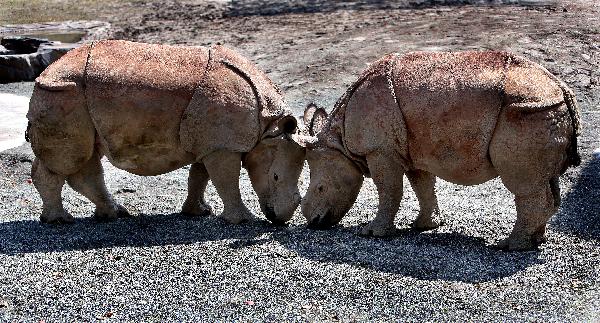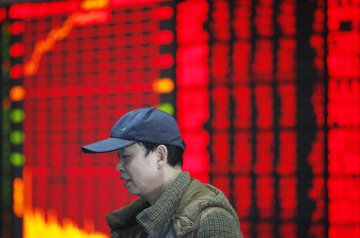
Rhinoceroses are getting rarer everywhere in the wild—everywhere, that is, except in the wilds of China’s financial system.
Wang Jingwu, the Chinese central bank’s financial stability chief, listed this week a number of “gray rhinos” threatening the country, including the large pile of local government debt, more bond market defaults and banks’ high level of exposure to the shaky real estate sector.
Unlike Nassim Nicholas Taleb’s black swans, gray rhinos aren’t unpredictable events with catastrophic consequences. The term, popularized by American author Michele Wucker in a 2016 book, refers to highly visible and potentially devastating challenges that policy makers often elect to ignore, rather than dodge.
Mr. Wang is using the right framework to communicate what ails China’s state-led financial system, where highly unpredictable events aren’t the real threat. Rather, it is widely known flaws such as excessive leverage and mispriced risk that are thundering toward policy makers.
Not that black-swan events don’t happen. The 2015 blowup in the equity market and the collapse of several Chinese peer-to-peer lending platforms in 2018 are good examples of surprise shocks to the system.
But China’s core problems, as adumbrated by Mr. Wang, are well understood by analysts. With far more control over the financial system than most Western countries exert, Beijing has shown that it can keep periodic eruptions under control, for instance by clamping down on capital flows out of the country.

But keeping that control comes at a price: the gray rhinos get larger and larger. Facing little external pressure, policy makers find it hard to resist the temptation to keep the economy afloat simply by increasing the country’s debt—even if each round of stimulus sparks less growth than the last.
So if Chinese policy makers are well aware of the underlying problems that cause such events, why don’t they act?
Easier said than done. This week, the Chinese Academy of Social Sciences noted that debt in the real economy fell from 244% of GDP in 2017 to 243.7% in 2018. For all the discussion of the deleveraging campaign and the economic pain it brought, the needle barely budged.
Neither aggressive stimulus, nor paring down debt levels are attractive options for Chinese policy makers. As long as that remains the case, expect those gray rhinos to keep piling on the pounds.






















Latest comments